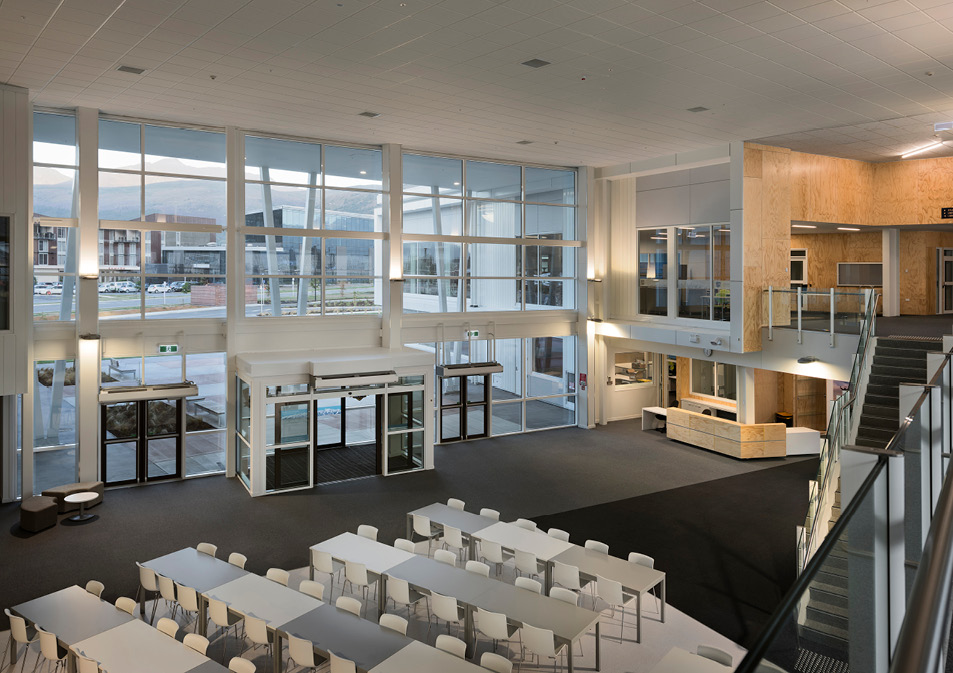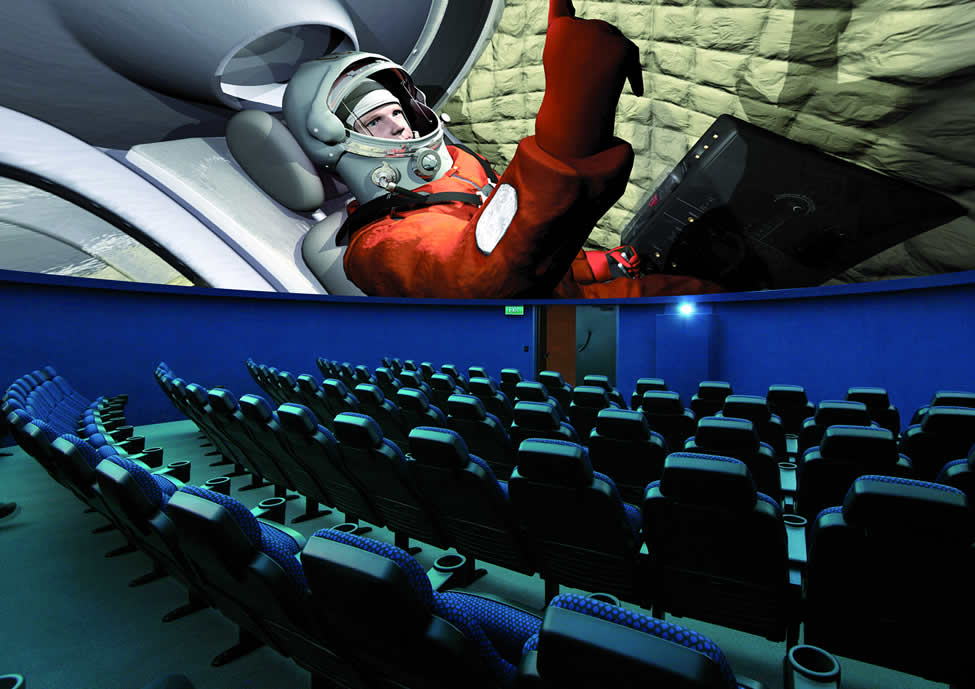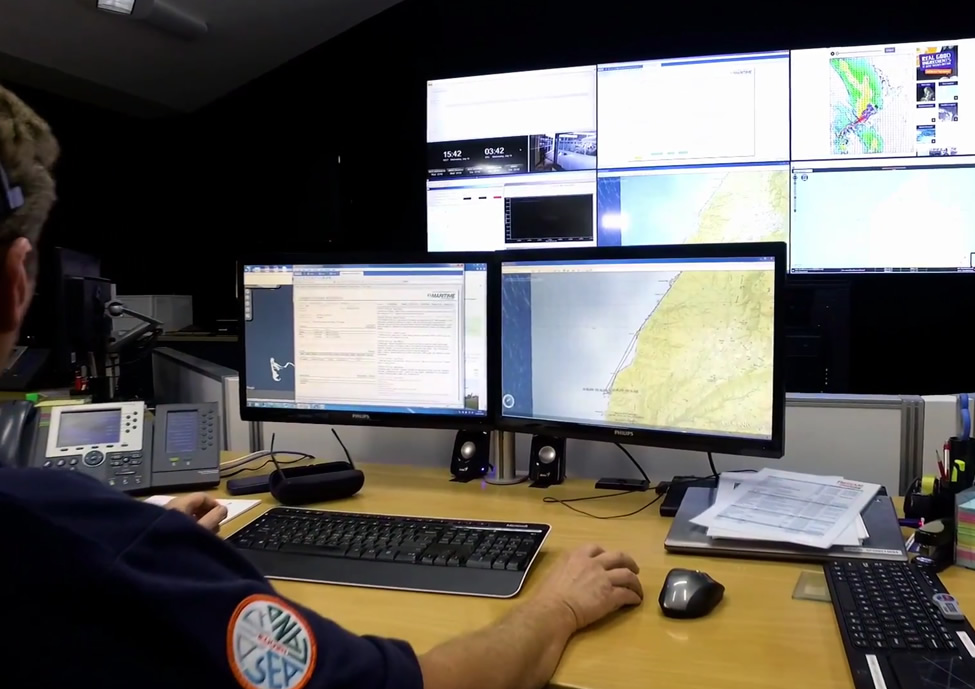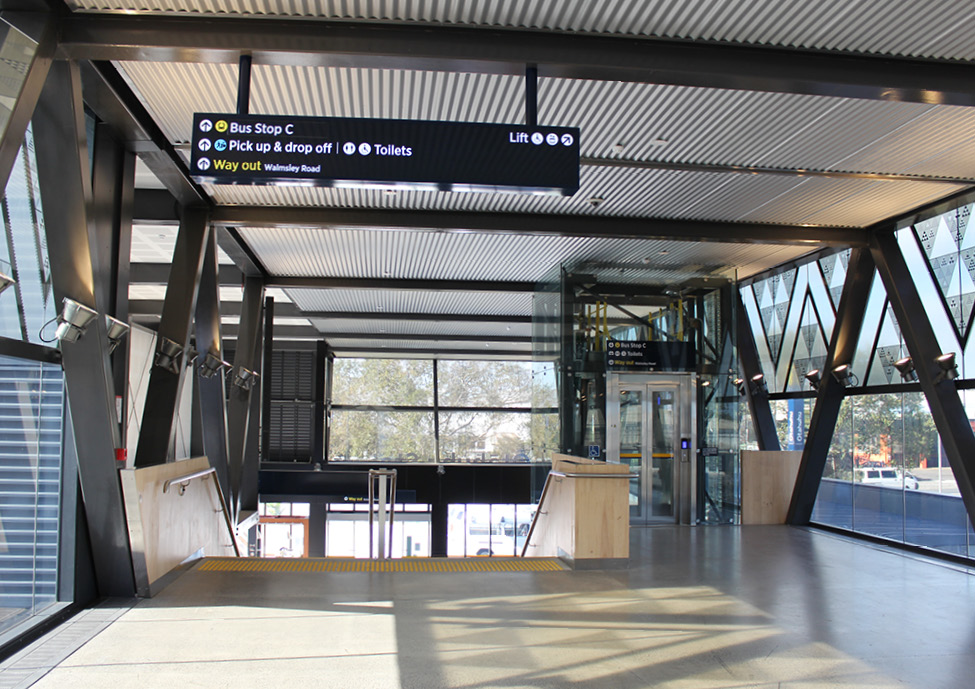It is important to note that active receive antennas do not increase directional gain. Which is another way of saying that the amplifier has no effect on the electrical characteristics of the antenna, and therefore no effect on an antenna’s fundamental ability to pick up RF energy floating through the air.
If you use active antennas on a coax run that is too short, you risk overloading the RF front end of the receiver system, which can manifest itself as catastrophic audio over your PA. Likewise, you can easily overload by using an active antenna’s gain control at a setting that is dis-proportionally strong for the cable run’s length.
UHF cable runs of less than 50 feet do not require active antennas or in-line amplification to compensate for loss. The loss is too small to make any audible difference, and without carefully calibrating gain structure you put the overall health of your audio ecosystem at risk. Also, keep in mind that if you’re using a directional antenna like the Diversity Fin or the CP Beam, you’re adding gain at the antenna (without an amplifier) which can make up for short run cable loss. [More on this topic, ERP, will be in a post next week. UPDATE: Here is that post.
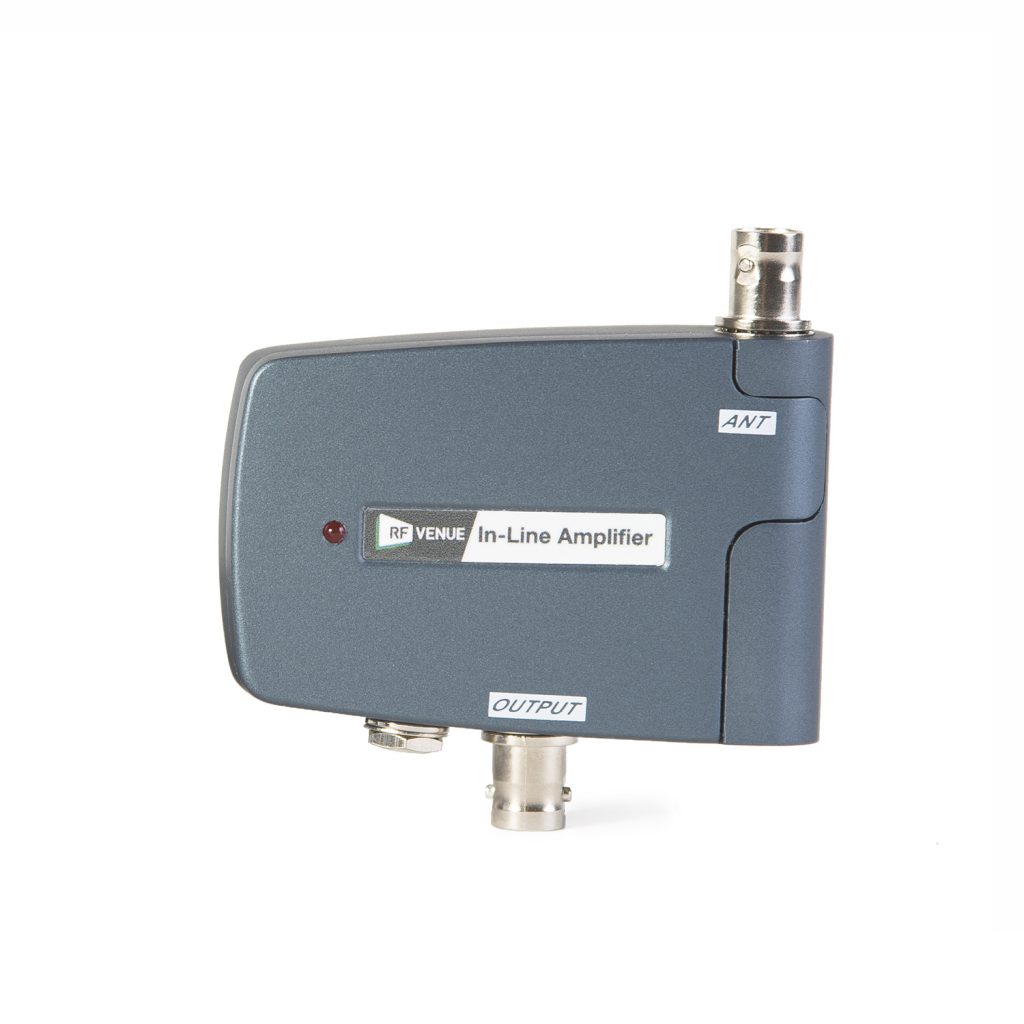
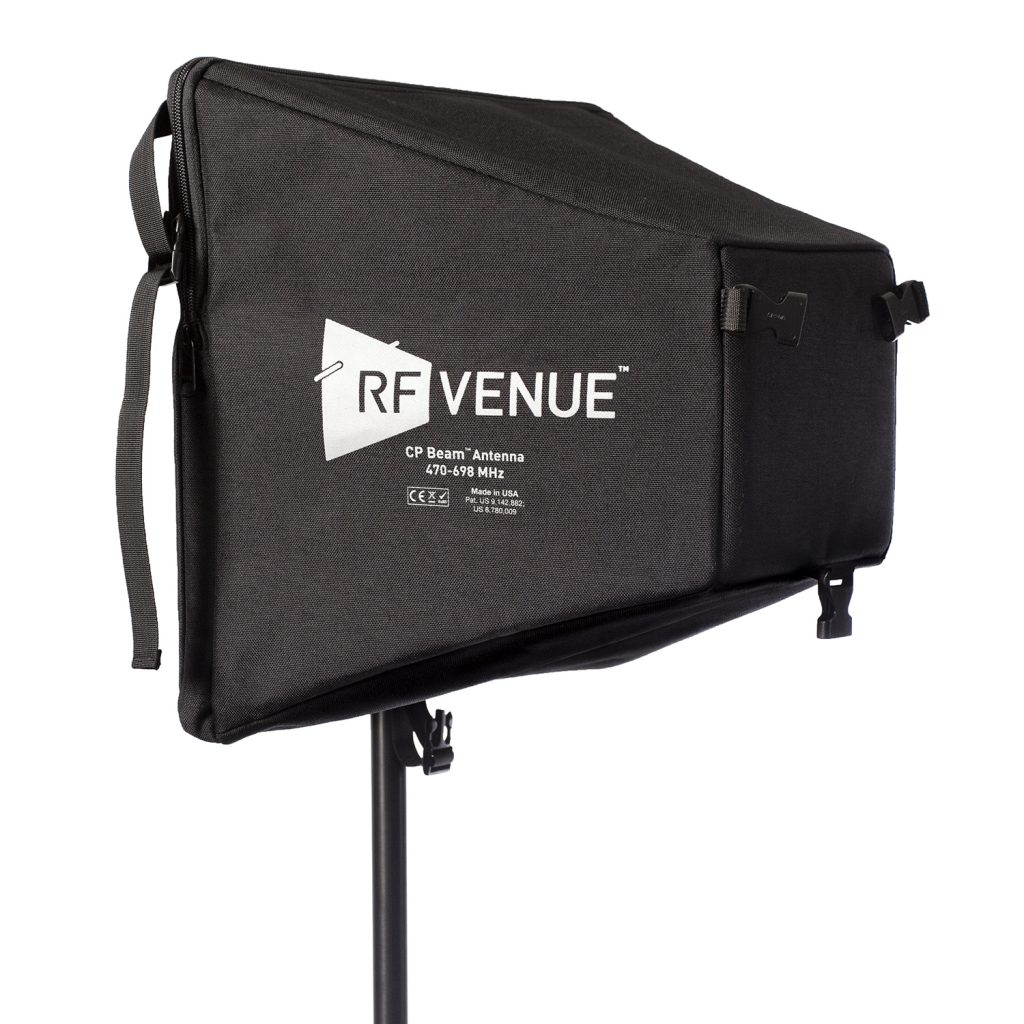


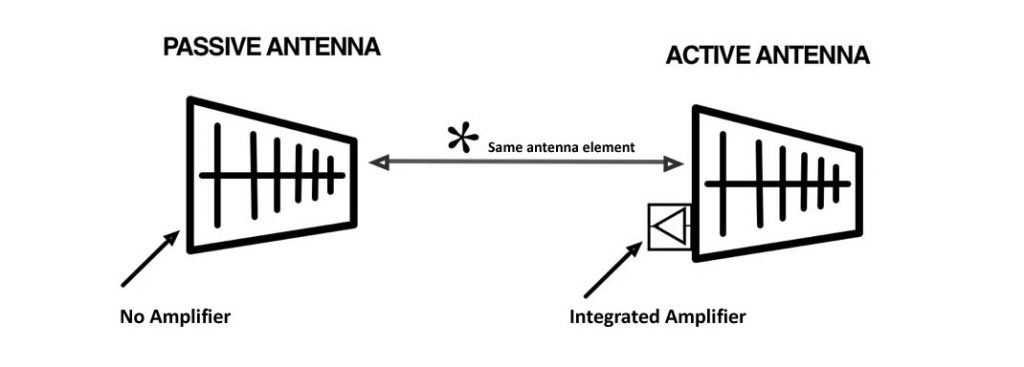 When used as a transmitting antenna, active antennas increase the RF power above and beyond whatever output power the transmitting device is using.***
When used as a transmitting antenna, active antennas increase the RF power above and beyond whatever output power the transmitting device is using.***
